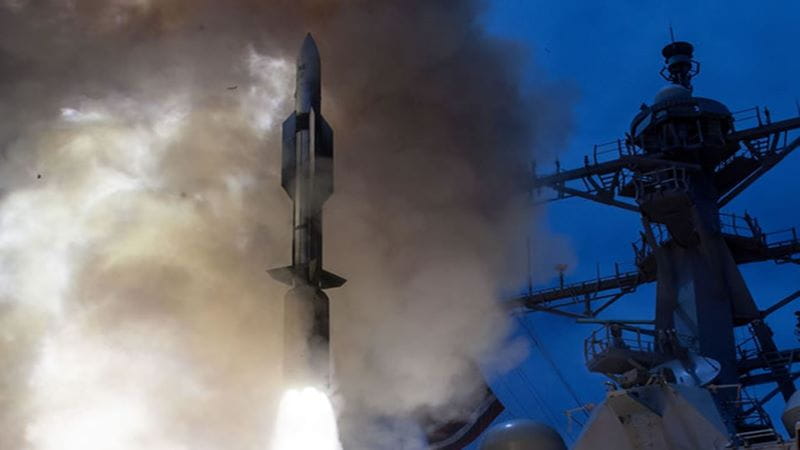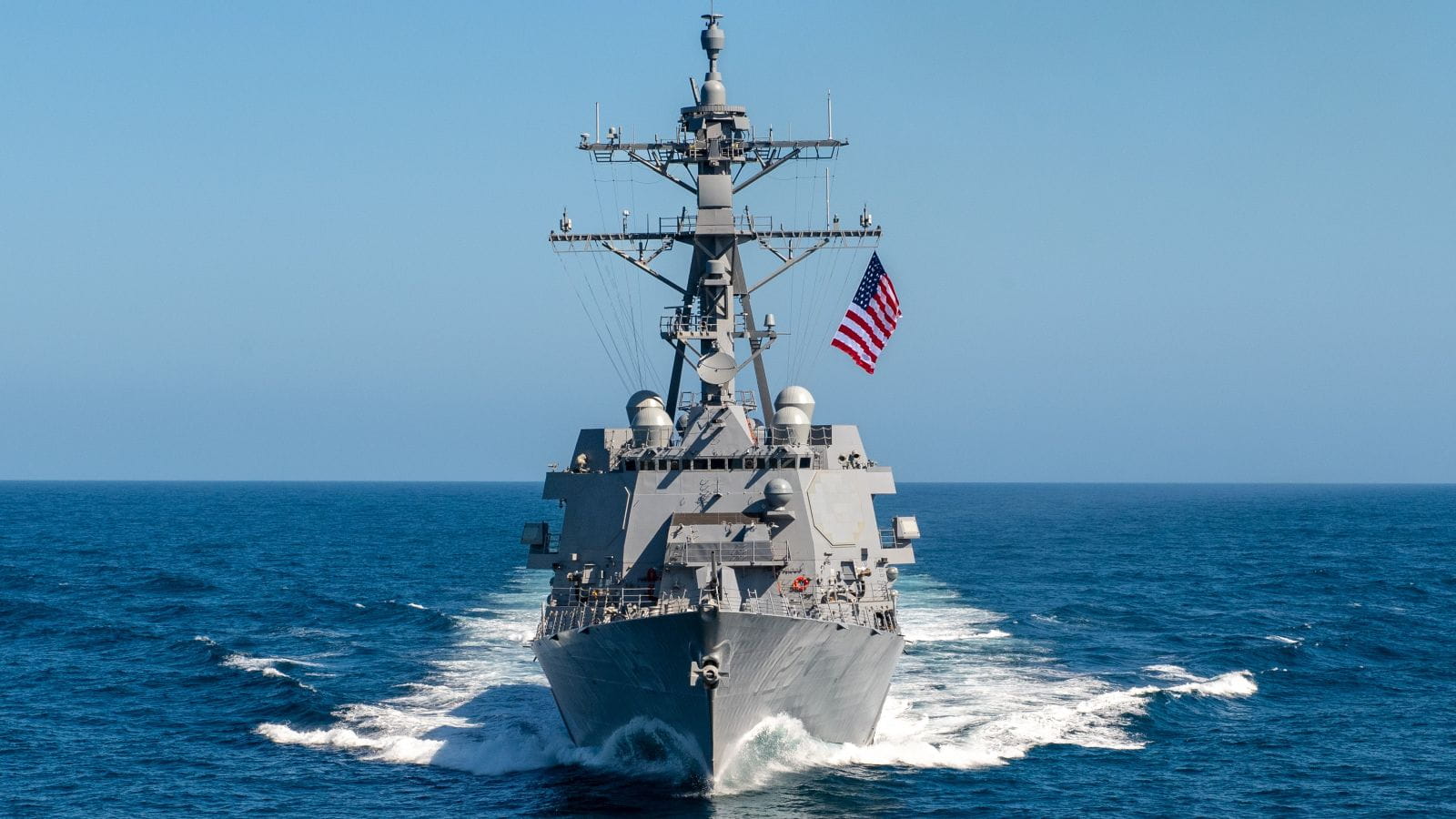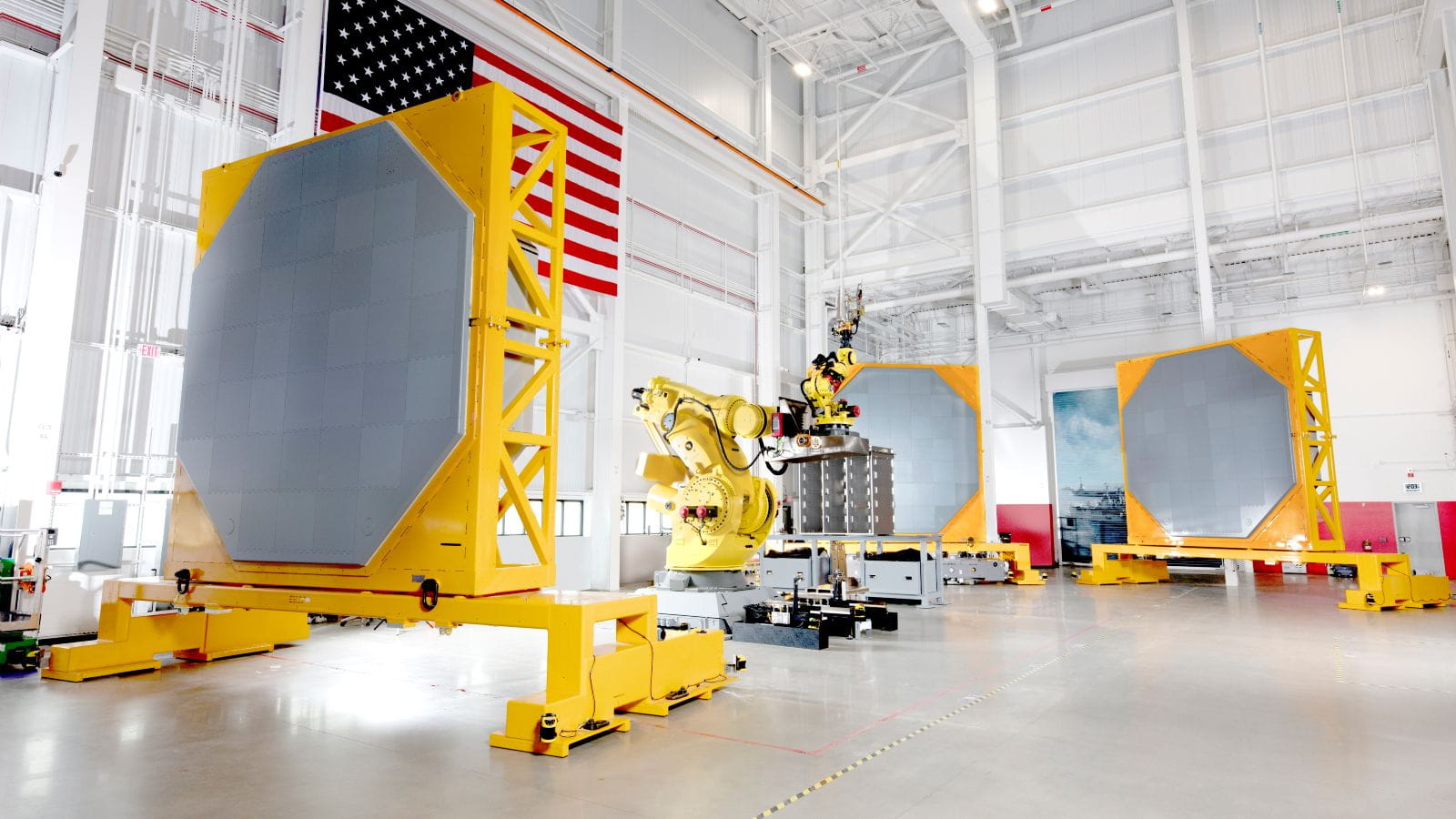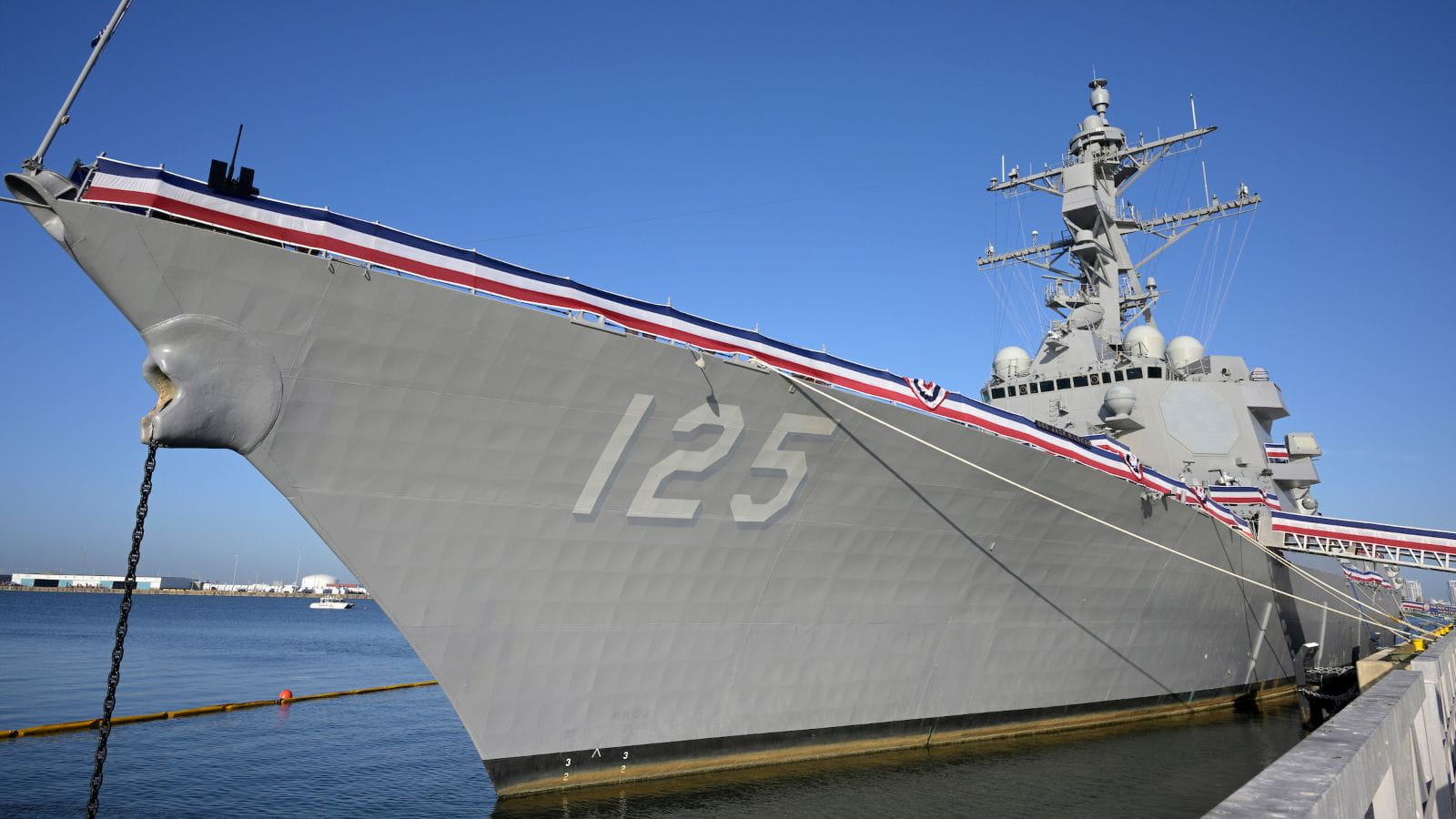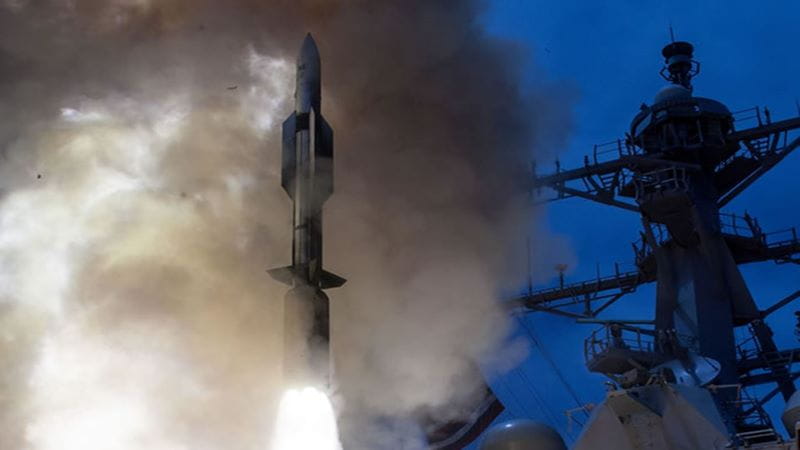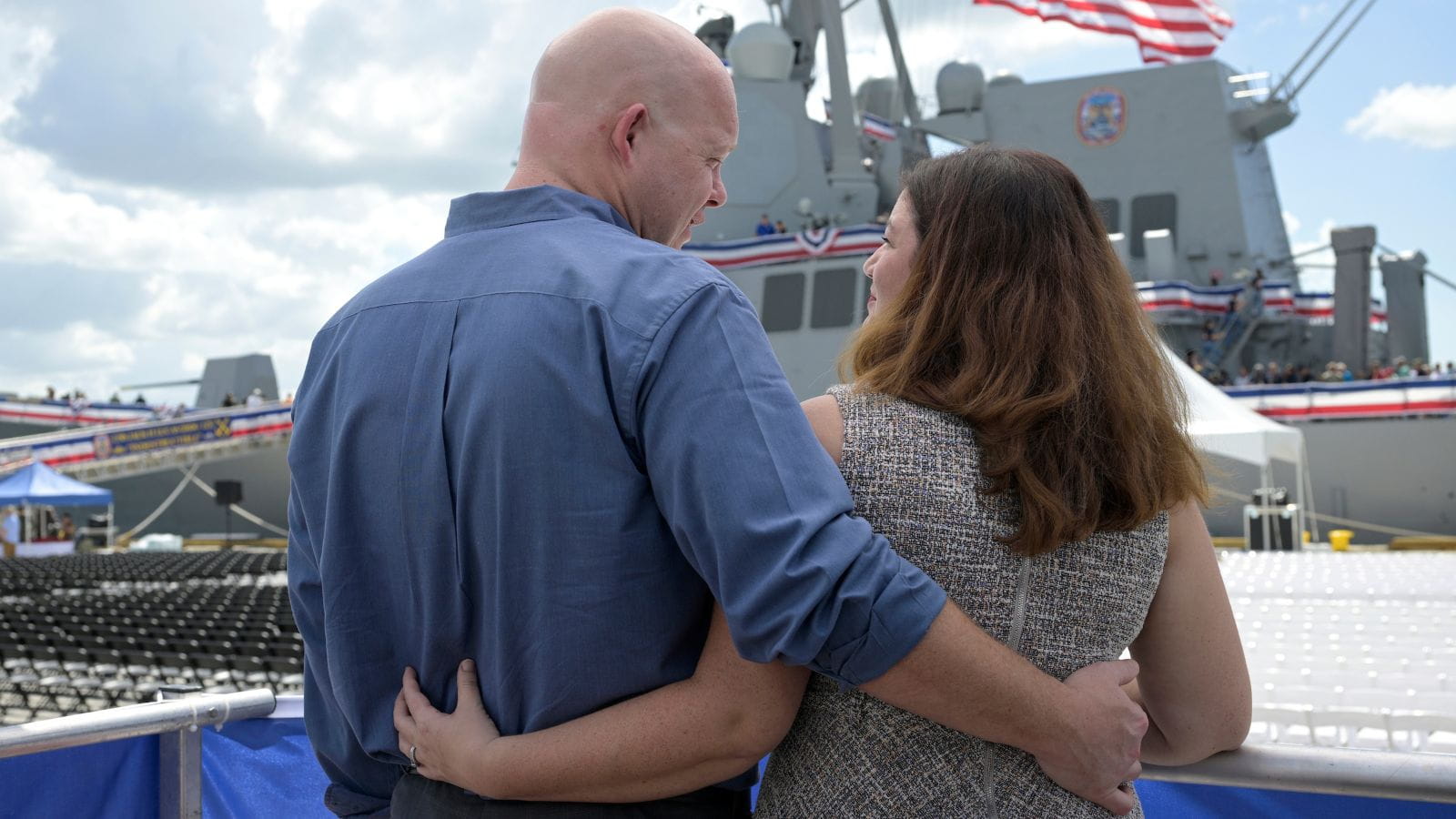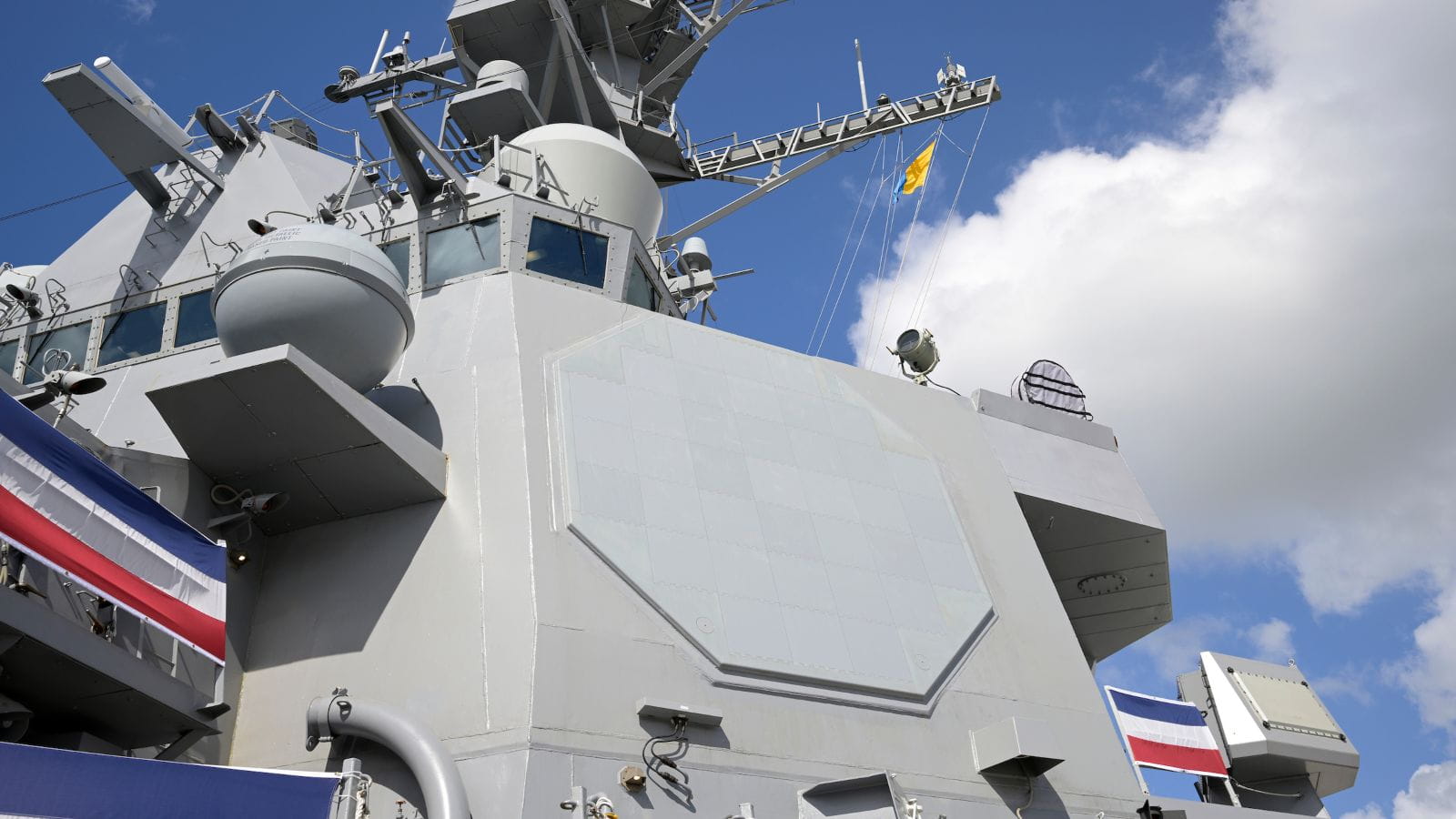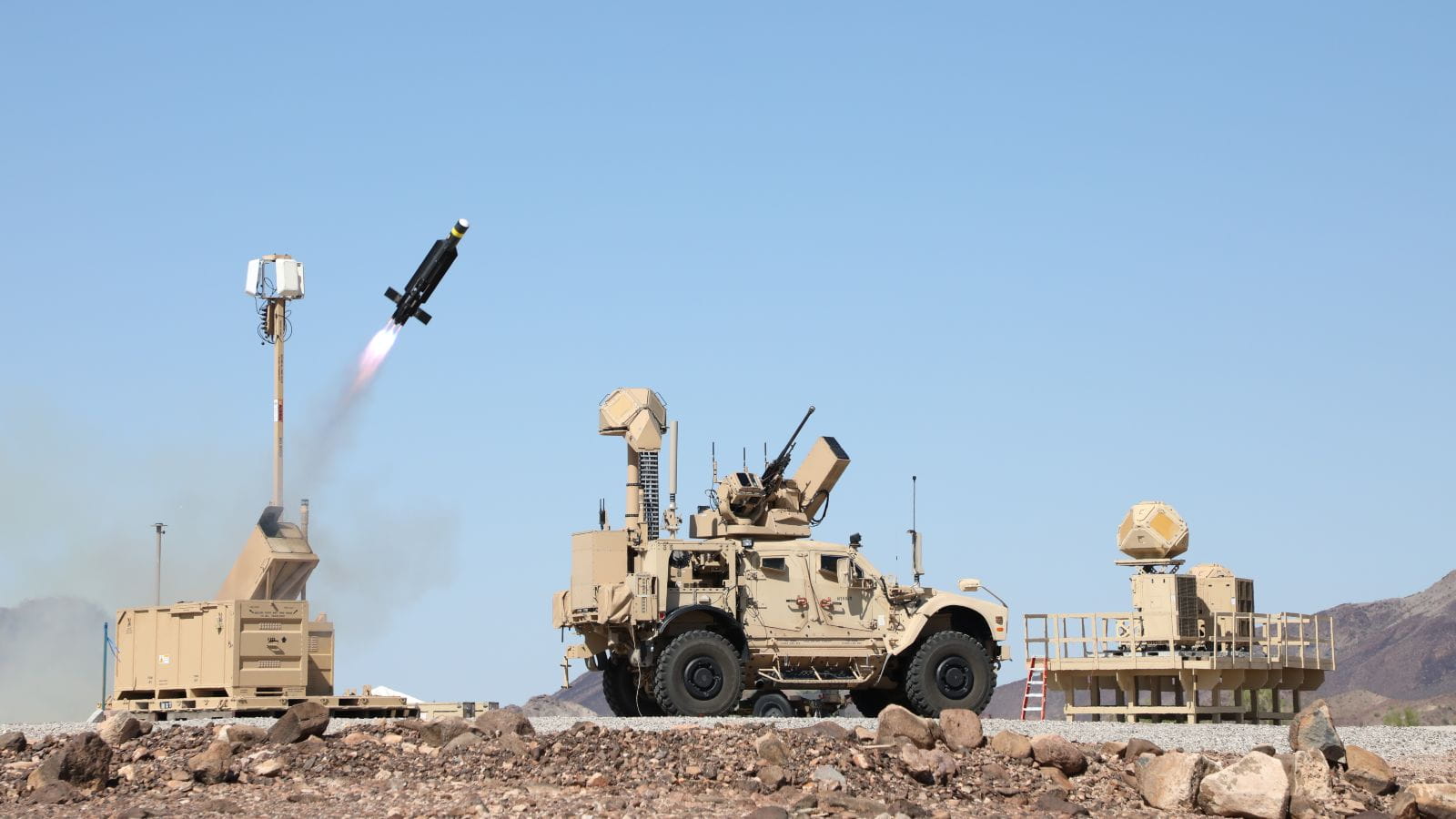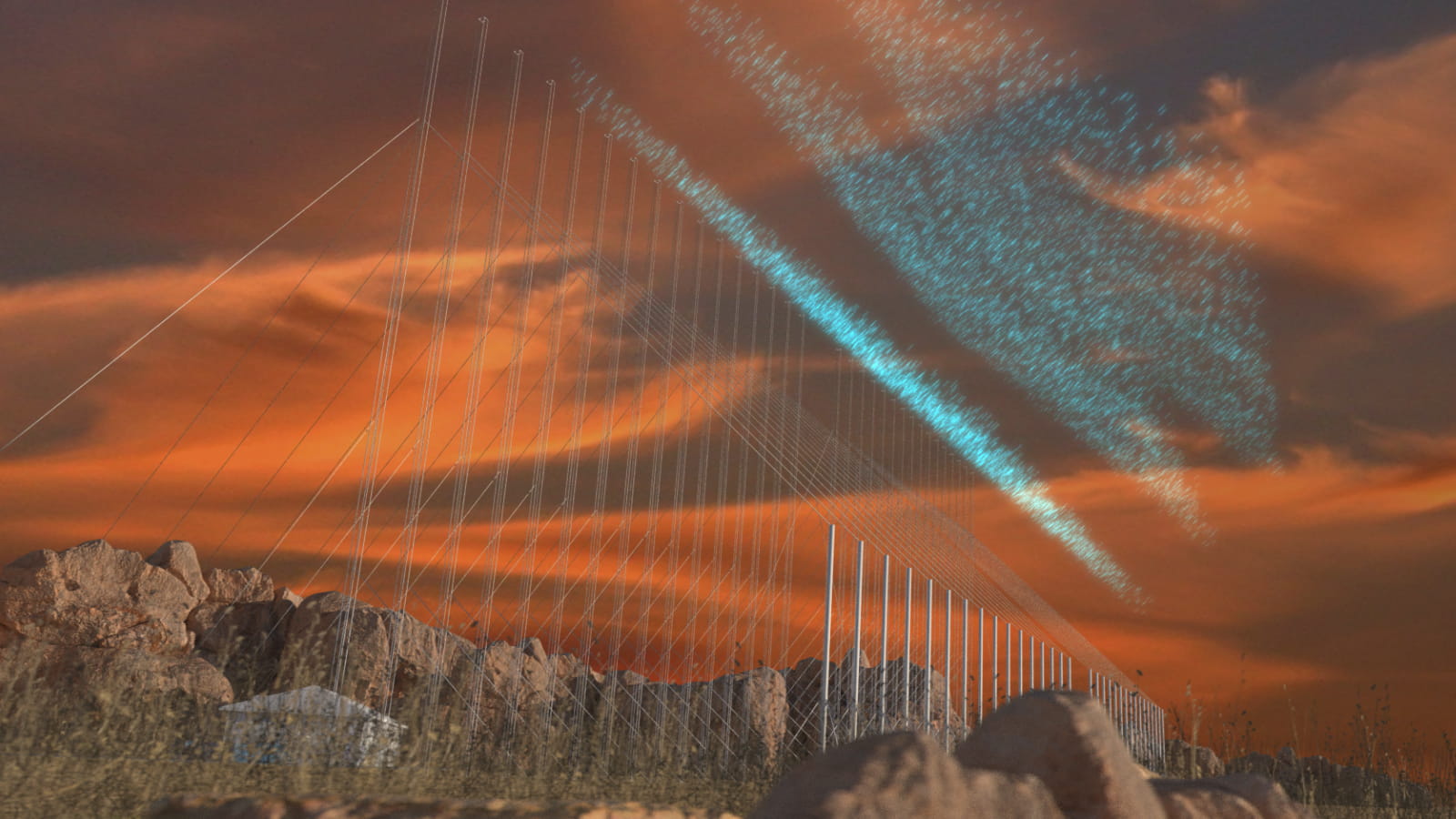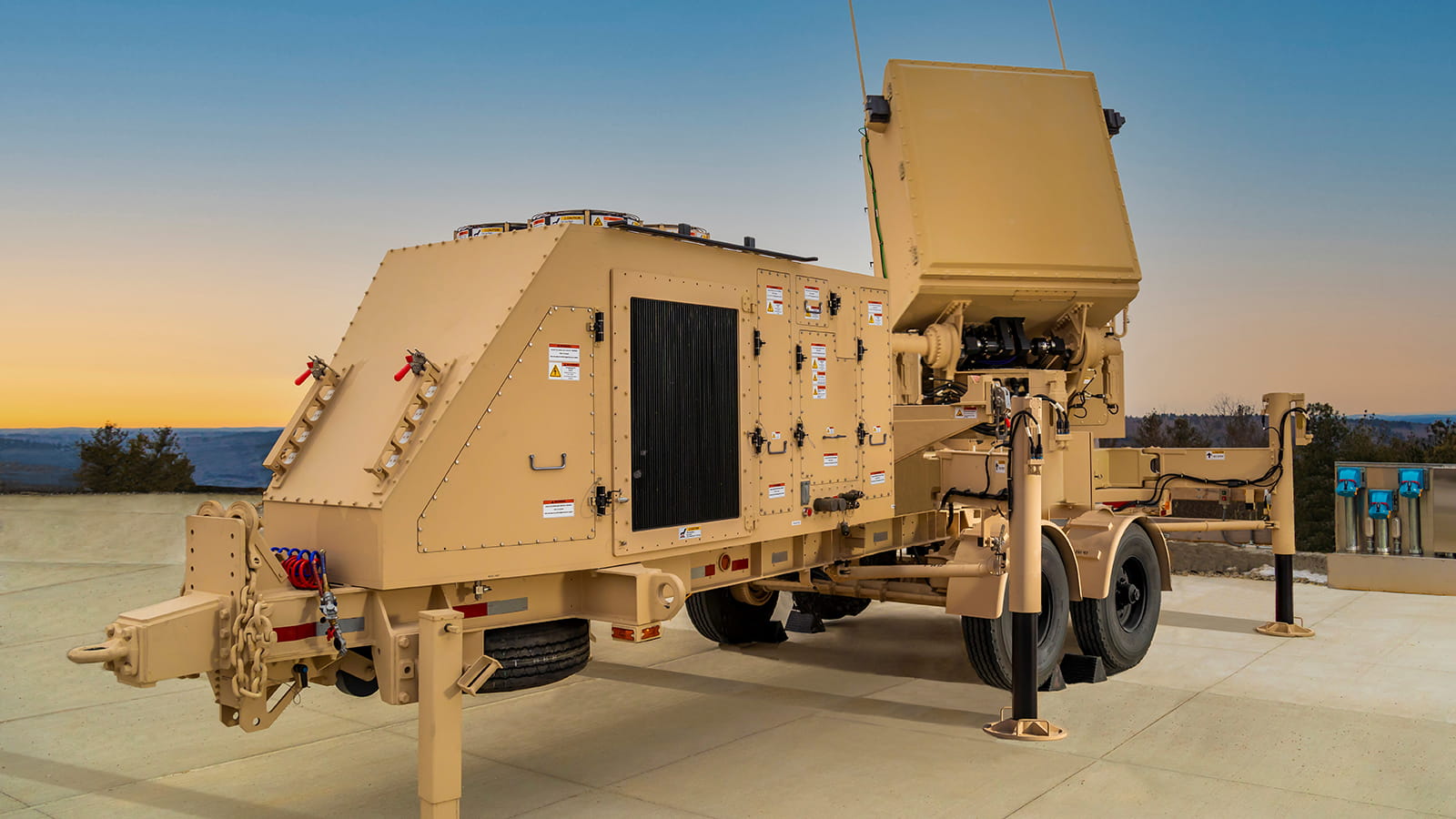SPY-6: The future of naval defense has arrived
Now aboard the USS Jack H. Lucas (DDG 125), the radar simultaneously detects and counters threats in the air and at sea
Standing on the deck of the U.S. Navy’s first Flight III guided missile destroyer, Jon Larrabee breathed in salty air as the harbor on the outskirts of Tampa, Florida, came into view.
The ship, USS Jack H. Lucas (DDG 125) – named for a World War II-era Marine and Medal of Honor recipient – was on its way to its commissioning ceremony.
But Larrabee wasn’t on board just for the pageantry. He was there conducting final checks to confirm the ship’s AN/SPY-6(V)1 radar was ready to protect the crew.
“We focus on performance, but it’s also about reliability,” said Larrabee, the radar’s chief engineer and a principal technical fellow at Raytheon, an RTX business. “This is the system that’s going to protect them, and they need it operational 24/7. Knowing that … it’s just the best form of motivation we can have as engineers to do the hard work that’s needed.”
The USS Jack H. Lucas is the first ship equipped with the SPY-6 radar, and it represents the future of ship self-defense as the Navy is putting the system on every new surface ship in its fleet as well as existing Flight IIA guided missile destroyers.
“This is a proud moment for us all,” Wes Kremer, president of Raytheon, told attendees of the USS Jack H. Lucas Commissioning Chairman’s Reception. “It is a technological triumph built around our next-generation Air and Missile Defense Radar system, SPY-6, along with connected battlespace capabilities, integrated air and missile defense weapons, strike missiles, torpedo and gun systems. And it is a fitting tribute to Pfc. Jack H. Lucas.”
The USS Jack H. Lucas’ radar, the SPY-6(V)1, is part of a family of advanced naval radars that can find and track enemy jets, drones, rotorcrafts, and cruise and ballistic missiles while resisting interference, like noise from rough seas.
The new radar replaces one the Navy has used for 40 years. It has 30 times the sensitivity of its predecessor, giving operators and commanders more time to react by identifying threats, including hypersonic weapons, faster and at farther distances.
SPY-6 will be integrated onto nearly 50 Navy ships over the next 10 years. It’s the Navy’s first truly scalable radar, making it easy to configure to any type of ship.
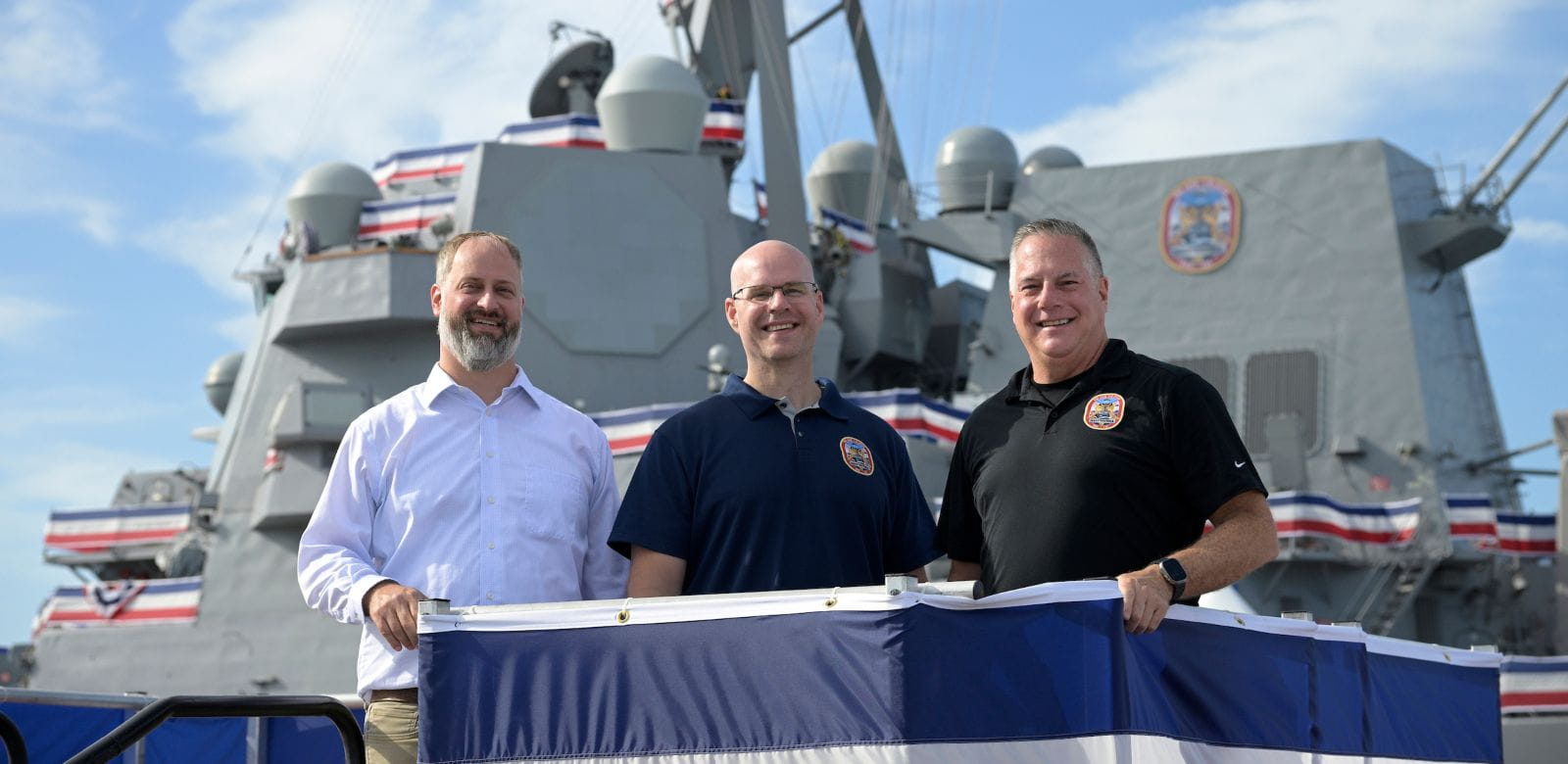
Development and integration of the SPY-6 radar is being led by Adam Moblo, SPY-6 waterfront technical lead; Jon Larrabee, chief engineer; and Michael Juliano, SPY-6 test architect.
Larrabee; Michael Juliano, a senior engineering fellow and SPY-6 test architect; and Adam Moblo, the SPY-6 waterfront technical lead start each day with an early morning call where Moblo, who leads integration at the shipyard, shares what was tested the day before, what went well and what hardware and software fixes are needed and when they’re needed.
“Every morning is always an adventure,” Larrabee said. “You never know when you dial into that morning meeting what your day is going to be like, but when you leave, you got a pretty good idea.”
Each SPY-6 radar for the DDG class ship includes four arrays, a power system, a cooler to remove excess heat, and a back-end processor to compute array signals.
After the arrays are installed on a ship, Juliano and his crew ensure the radar’s software is communicating correctly with the AEGIS Combat System.
“It’s literally a million lines of software on the radar running with a million lines of software on the combat system,” Juliano said.
Juliano marvels at the progress the government-industry team has made in a short period of time, noting it’s a culmination of many dedicated efforts across the Navy, shipyards and Raytheon.
“It’s a lot of work building and equipping a ship from start to finish,” Juliano said. “There are many moving pieces, so it’s important to stay in lockstep.”
For Moblo, working together is key to staying on schedule at the shipyard.
Moblo has a long history with SPY-6, having supported early testing of the radar when “there was only one array face, no ship and almost every week was another test event, so it was very fast and feverish,” he said.
While that experience was memorable, it pales in comparison to sea trials.
“The sea trials are always eventful,” Moblo said. “They push every button, turn every knob on the ship for the first time. You’re out at sea going full speed ahead. Guns being fired … so much activity, so fast.”
It’s during those exercises and daily integration that Moblo also gains a better insight of what it’s like for sailors working in a tight space, particularly on the destroyer class.
“There’s not a lot of room to roam around,” Moblo said. “Every nook and cranny are crammed with equipment.”
Moblo is sure to have more cramped spaces in his future.
What’s next
The U.S. Navy is putting the radar on all new destroyers, as well as aircraft carriers, amphibious ships and frigates – every class of ship. Some of the work is already underway at the Huntington Ingalls Industries, or HII, shipyard in Pascagoula, Mississippi, where Raytheon is integrating:
- SPY-6 (V)2 onto the future USS Richard M. McCool (LPD 29) and has completed the first sea trial.
- SPY-6 (V)1 onto the future USS Ted Stevens (DDG 128).
- SPY-6 (V)2 onto the future USS Bougainville (LHA 8).
Work has started at other shipyards, where the company is integrating:
- SPY-6 (V)3 onto the future USS John F. Kennedy (CVN 79) at HII in Newport News, Virginia.
- SPY-6 (V)3 onto the future USS Constellation (FFG 62) at Fincantieri Marinette Marine in Marinette, Wisconsin.
But first, Larrabee, Juliano and Moblo enjoyed the fruits of their efforts at a commissioning ceremony.
“It represented 10 years of work essentially rolled up into a defining moment,” Larrabee said. “I’m not the most emotional person in the world, but I may have shed a tear or two.”
